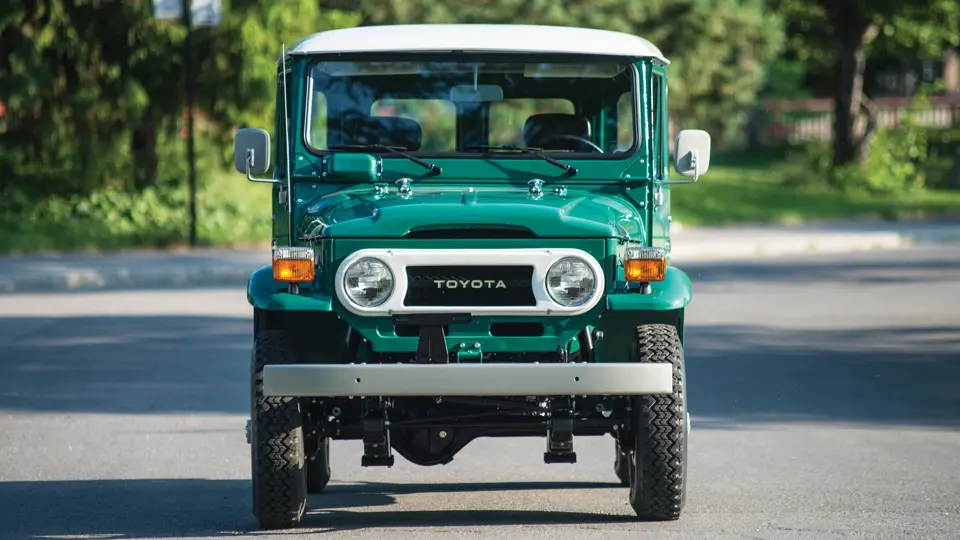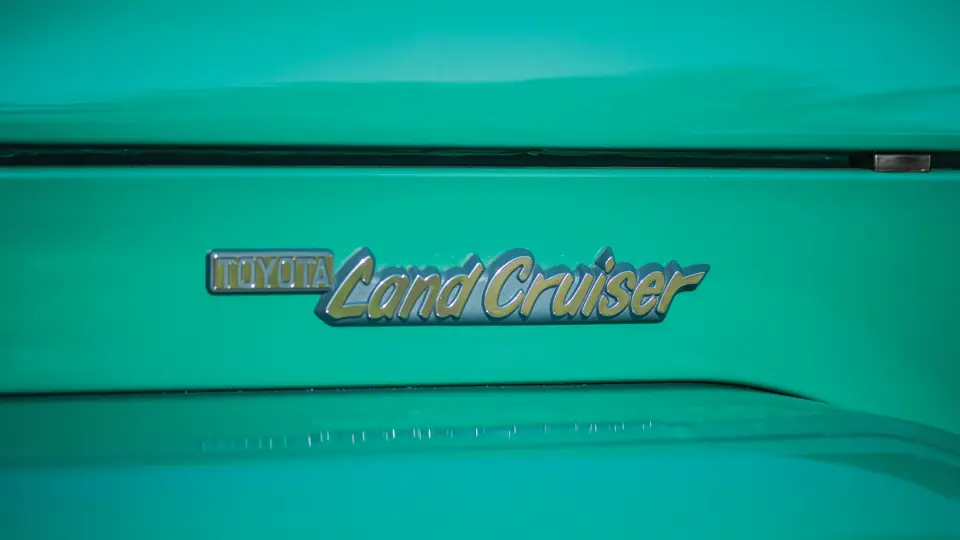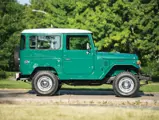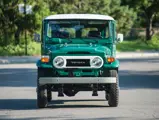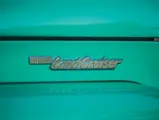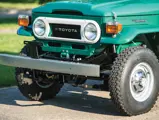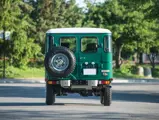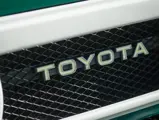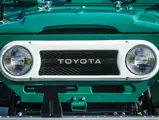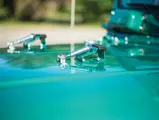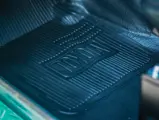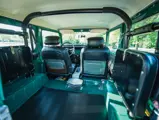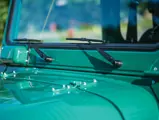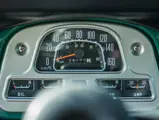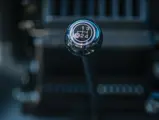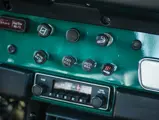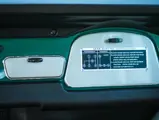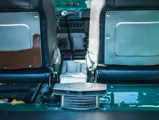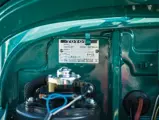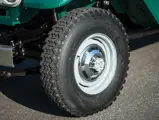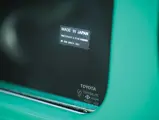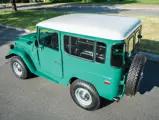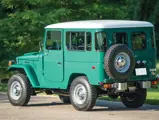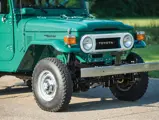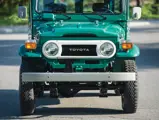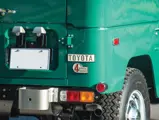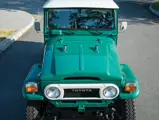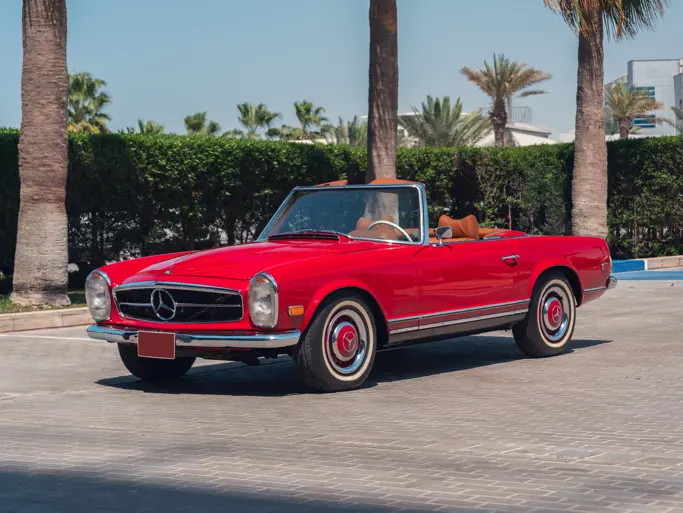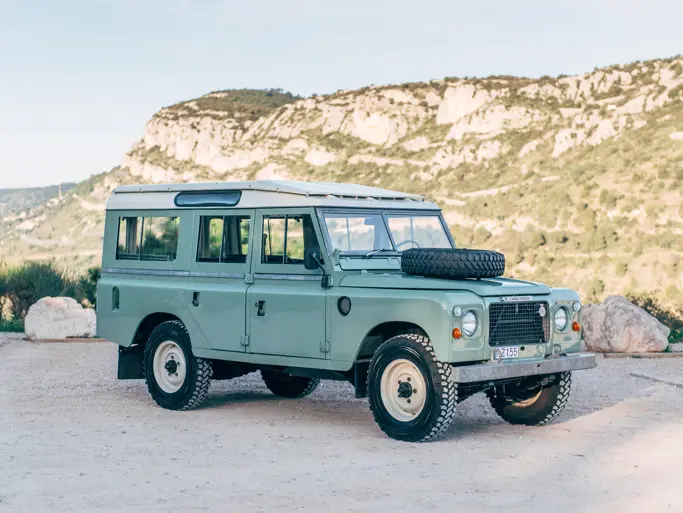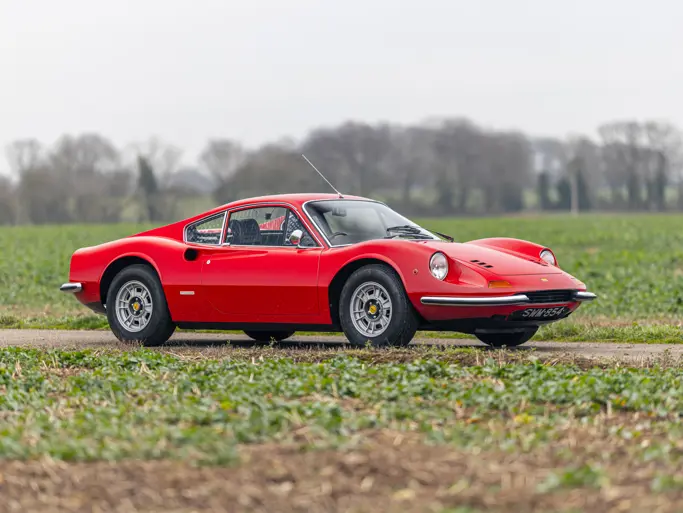135 hp, 4.2-litre OHV inline six-cylinder engine, four-speed manual transmission, front and rear semi-elliptical leaf spring suspension with single-acting hydraulic tubular-type shock absorbers, full-floating front axle and semi-floating rear axle with hypoid drive, and front disc and rear drum brakes. Wheelbase: 90 in.
Toyota built its original BJ Series of all-terrain vehicles at the request of the U.S. Military beginning in 1951. The specs called for an all-wheel drive utility vehicle to be used by soldiers and military police stationed in Japan. Though regular production did not commence until 1953, the vehicles were constantly upgraded and refined. Starting in 1954, the Land Cruiser name appeared, with the Series 20 introduced that year and on the Series 40 in 1960. Land Cruisers were not imported into the United States until 1963. They quickly became the best-selling Toyota model stateside during the mid-1960s.
Eventually, Land Cruisers were offered in various wheelbases along with several different styles, including pickup, hard and soft-top configurations, and a station wagon with seating for up to seven passengers. Toyota gasoline and Hino diesel engines were offered, too. Initially powered by a 125 horsepower “F” 3.9-liter inline six-cylinder engine, Land Cruisers received an upgraded powerplant to “2F” 4.2-liter capacity, producing 135 horsepower beginning in 1975. These durable vehicles were produced in Japan and available until the 1984 model year, and they remained in production in Brazil until 2001, where they were known as the Bandeirante.
The consigner is believed to be the second owner of this FJ40, which he purchased in 1989. He began restoration of the vehicle with the frame and motor in 1996, after which time he placed it in storage. Starting in 2009, the Land Cruiser was taken out of storage with the goal of completing the restoration using OEM parts wherever possible. The vehicle emerged complete in 2013.
The list of new parts used in returning the FJ40 to original is extensive. The engine has been rebuilt, and new parts include the camshaft, lifters, and all bearings and seals; water, oil, and fuel pumps; and oil pan and motor mounts. The radiator has been replaced along with the blower motor, wiper motor, wiper links, all hoses and belts, and the windshield washer and coolant overflow tanks. The vehicle was repainted using DuPont DTM epoxy primer and finished in DuPont Imron Polyurethane Topcoat.
All lights, glass, weather stripping, hinges, body mounts, and exterior badging have been replaced with new along with a new front bumper, rear step, and door panel trim. Brakes and suspension have been rebuilt, including master cylinder, brake discs, calipers, drums, shocks, rims, and lug nuts. New leaf springs and clutch have been installed.
Since restoration, it has been garage kept and never driven in rain or inclement weather. It has been shown at Granby and Beaconsfield, where it received 1st place honors along with Best Restoration at Chambly, all in 2013. Additional 1st place honors were secured at Chambly in 2014 and Beaconsfield in 2015, as well as a 2nd place at Longueuil in 2014.
This is an exceptionally well-restored example of one of the most popular all-wheel drive vehicles.
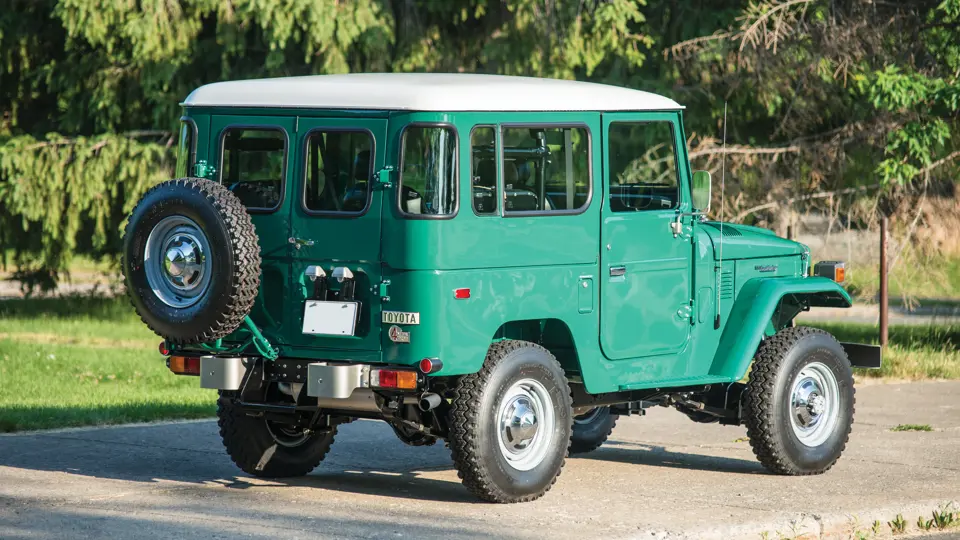



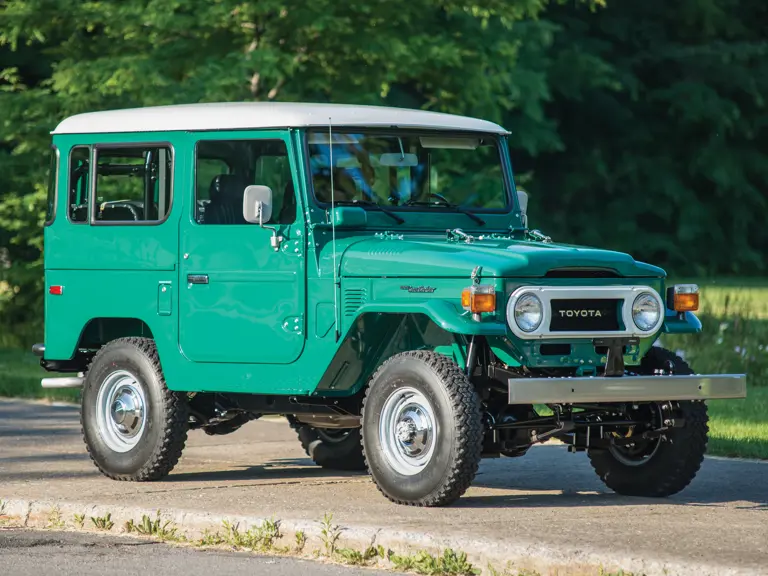
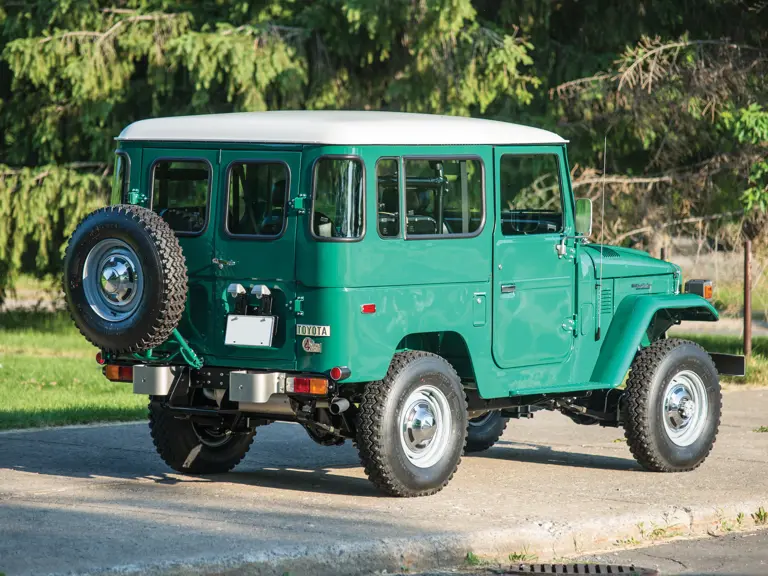
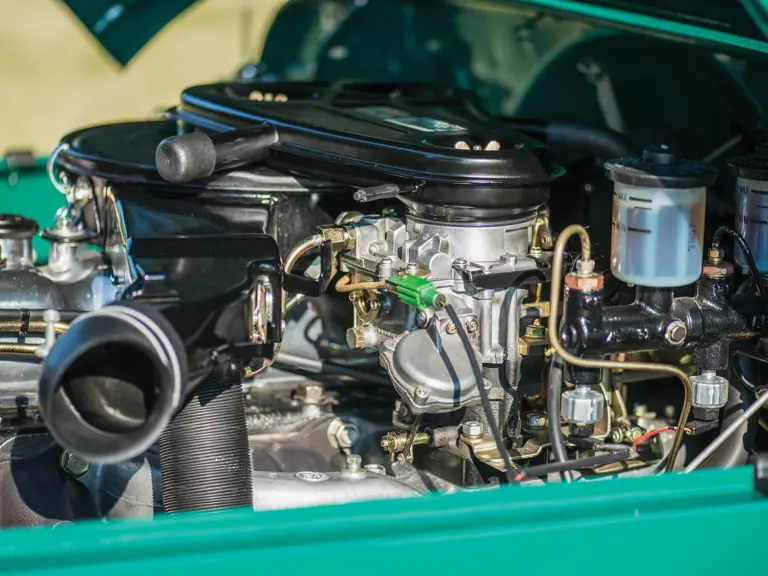
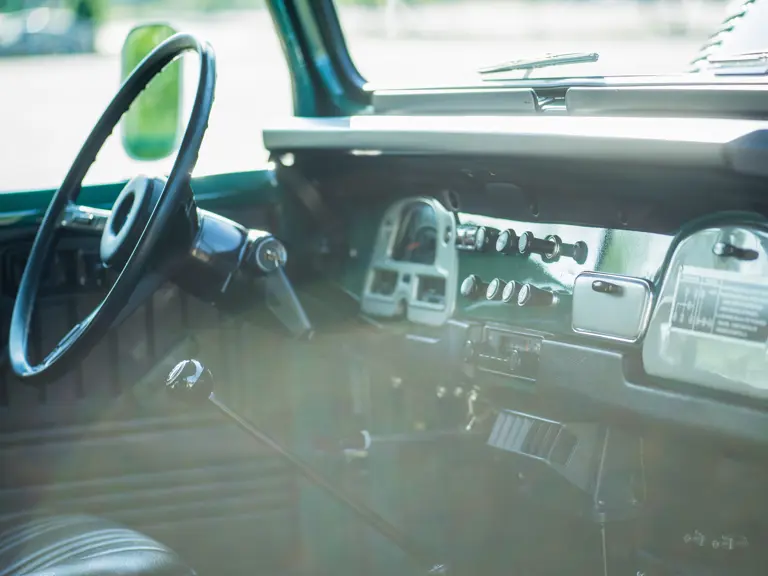
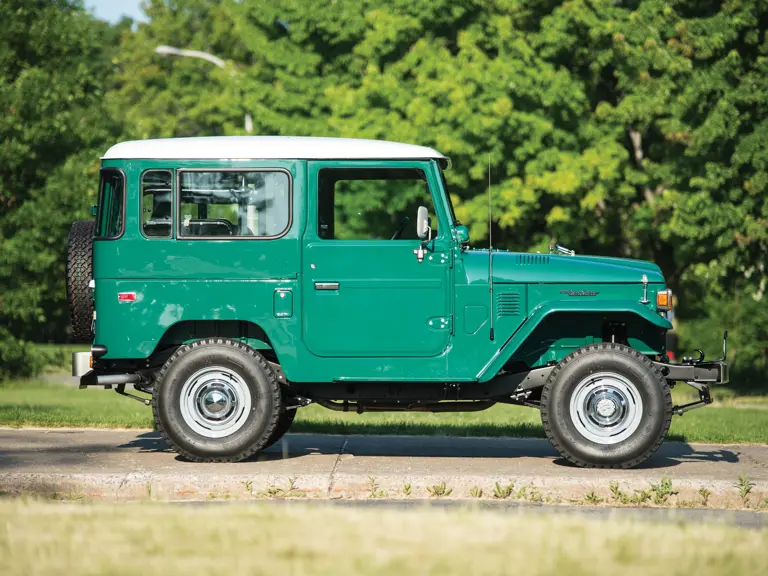
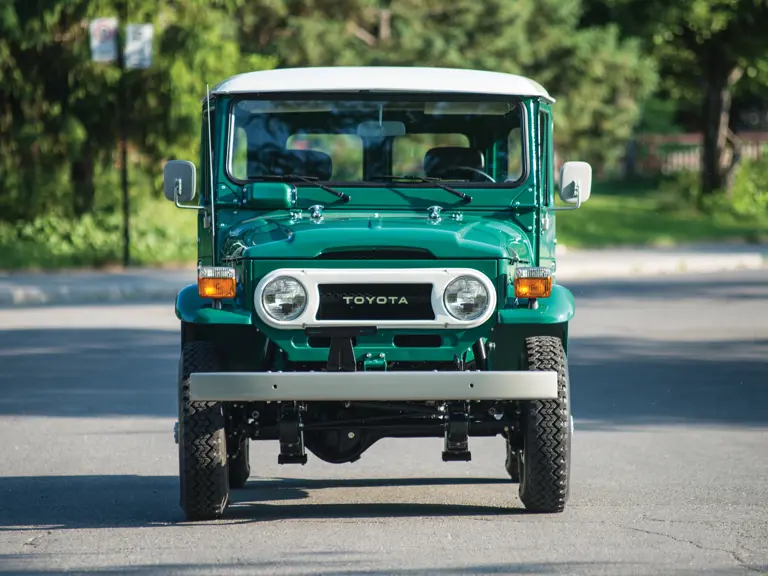
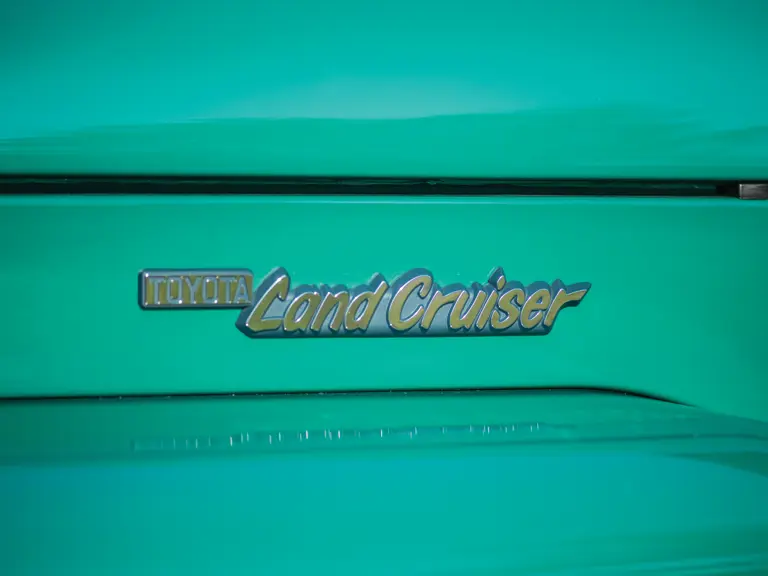

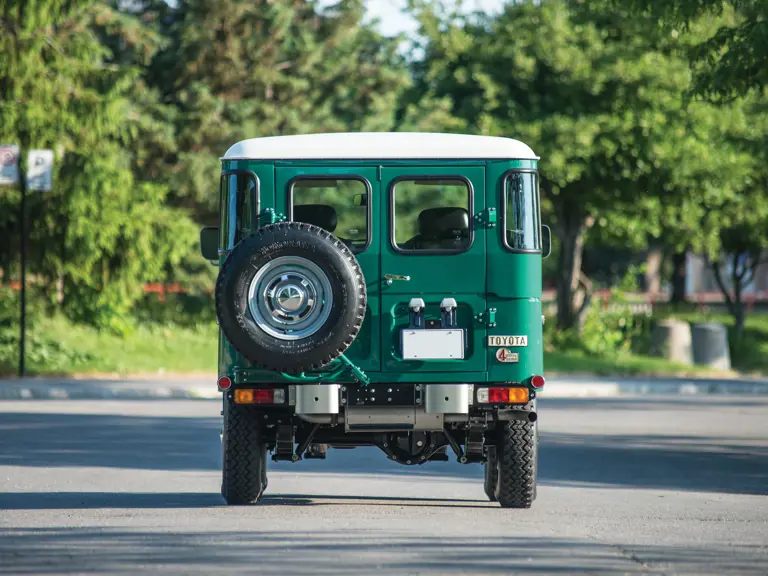
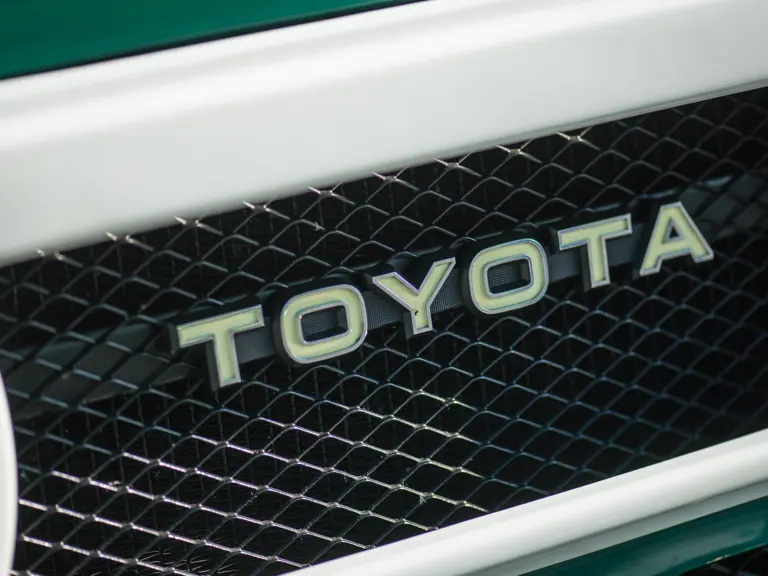
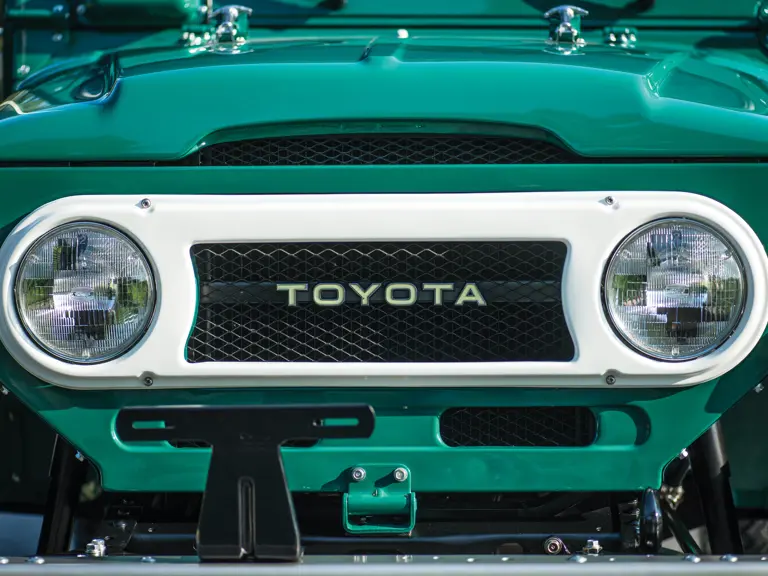

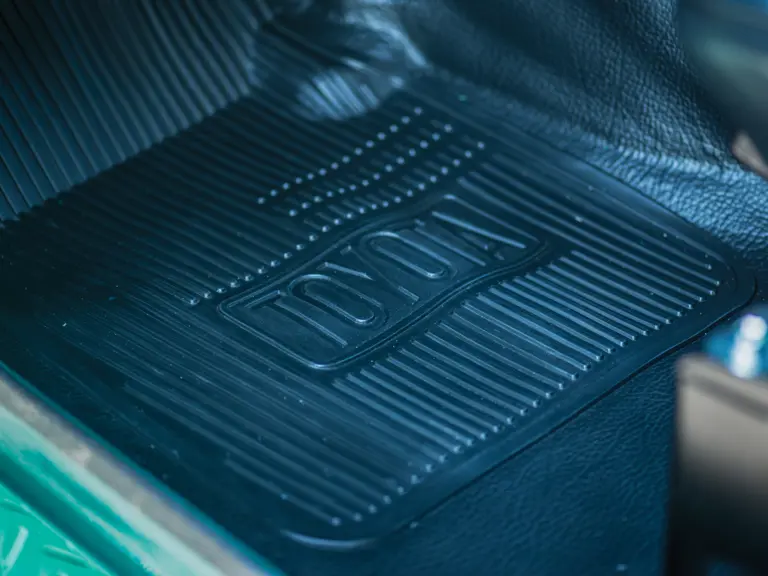

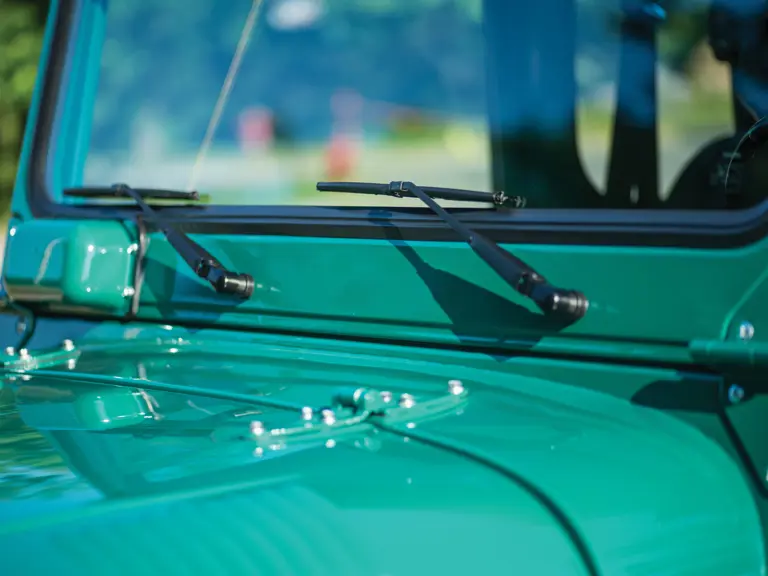
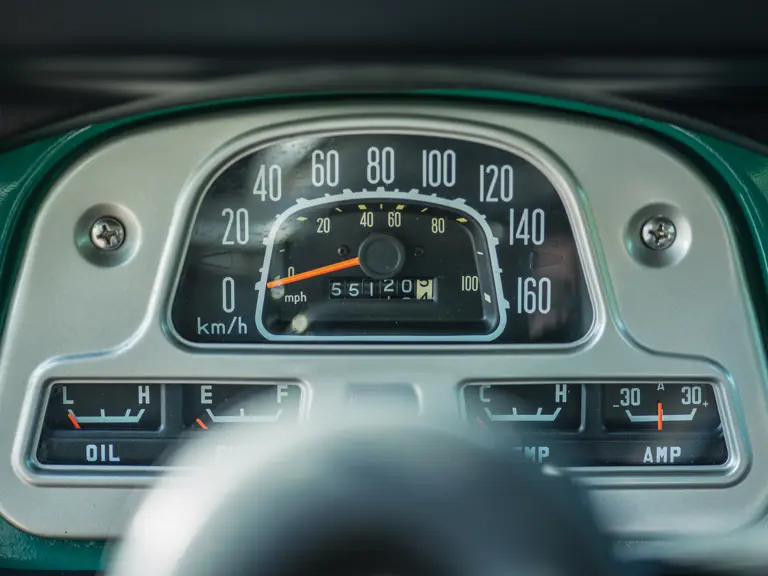
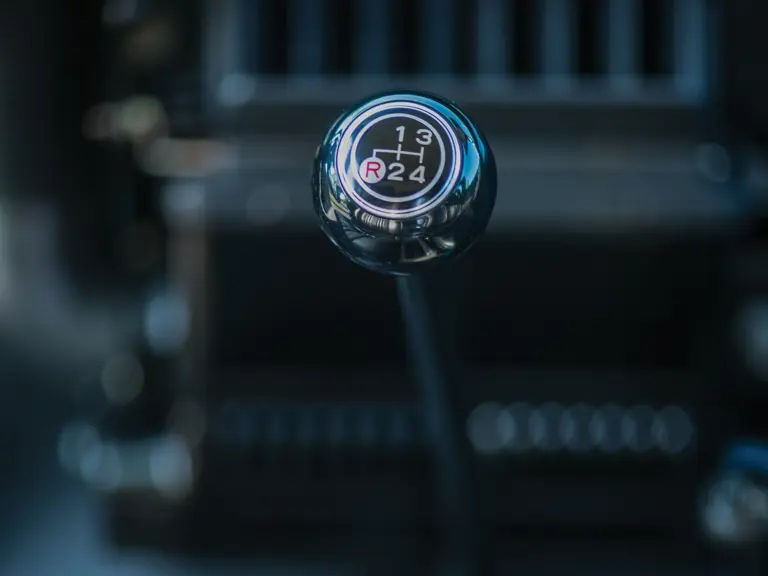
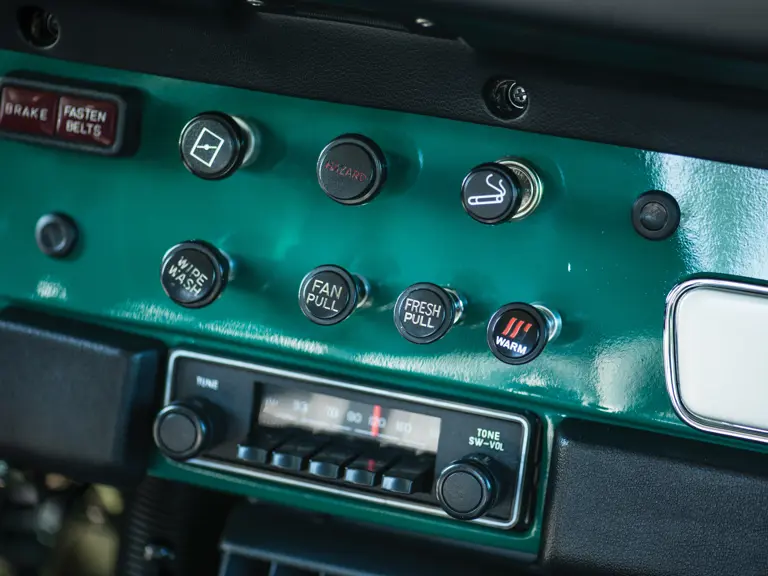
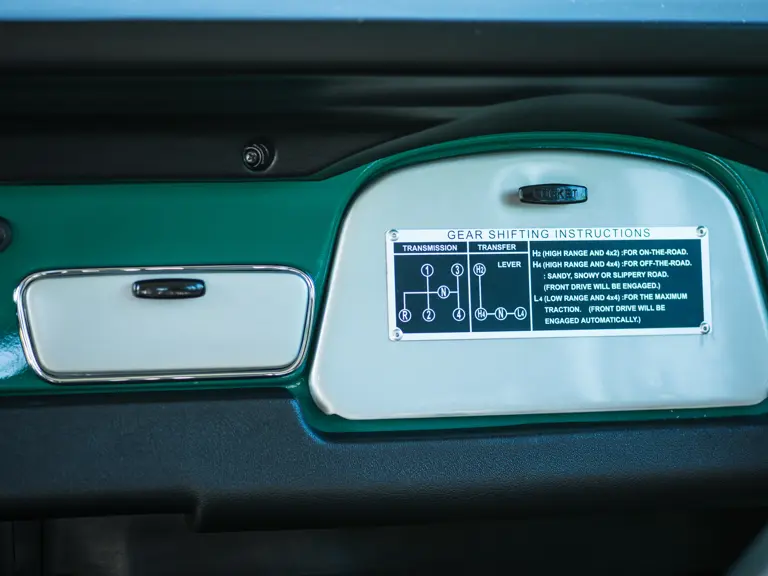

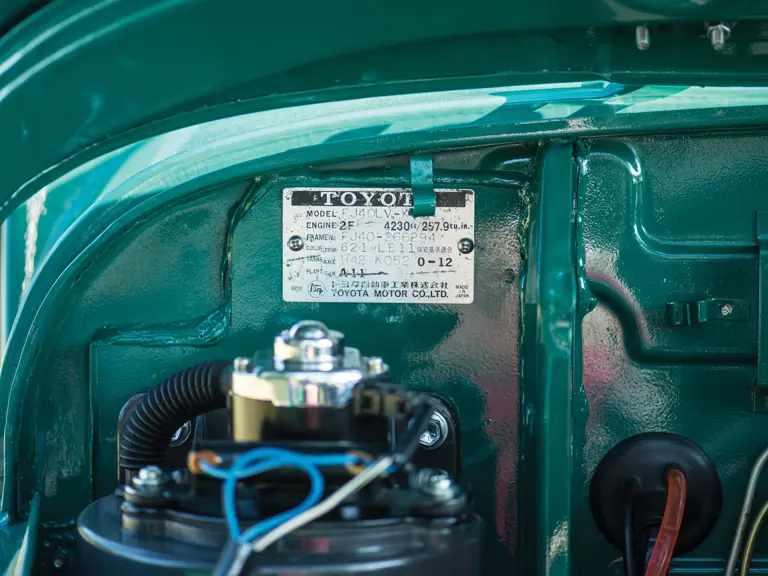
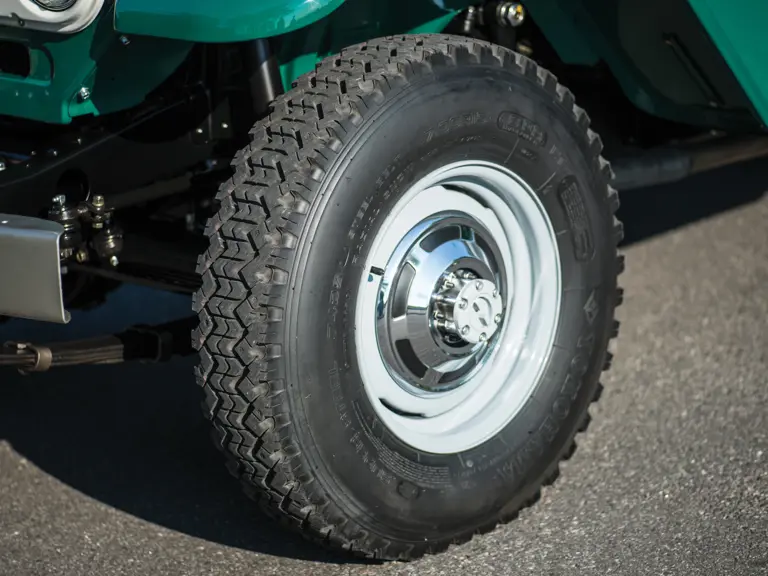

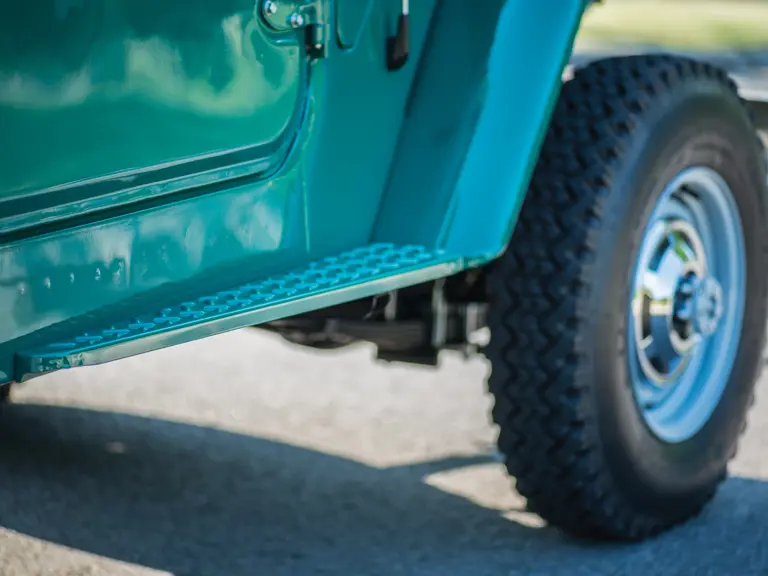

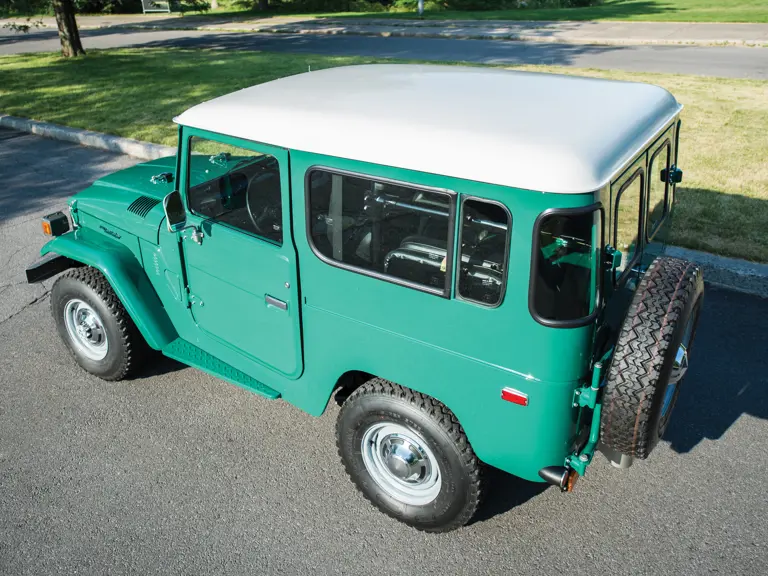
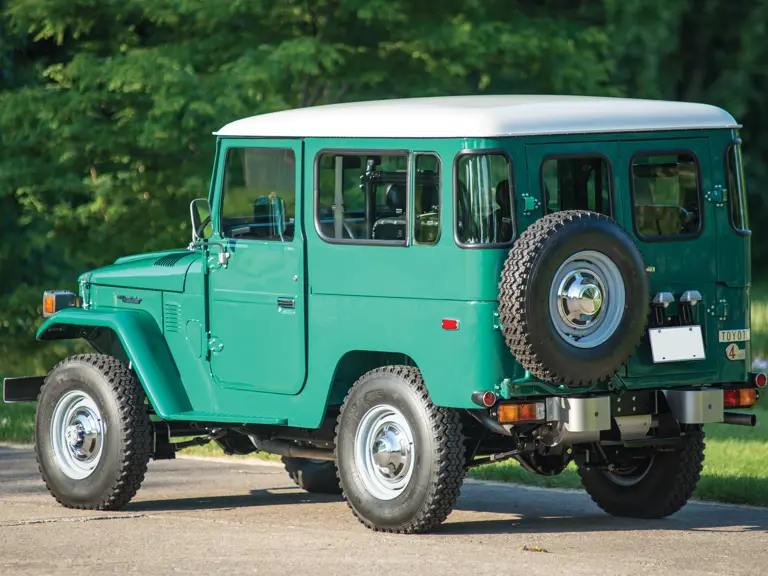
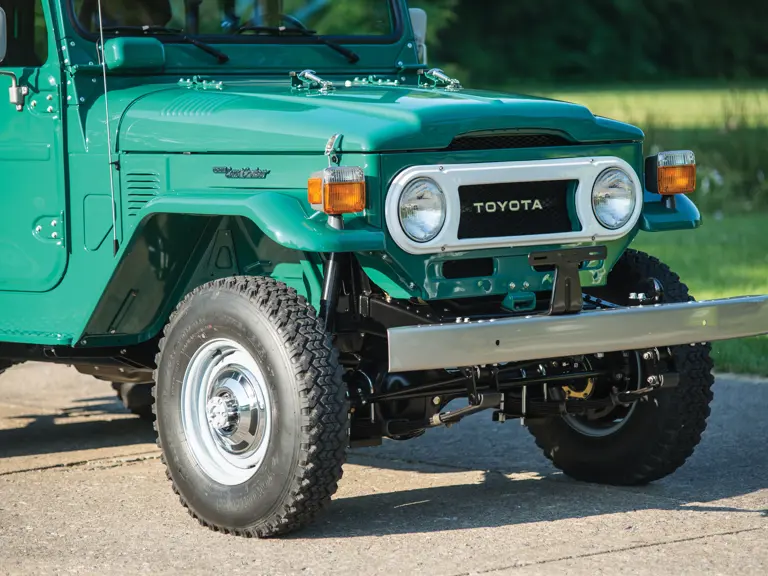
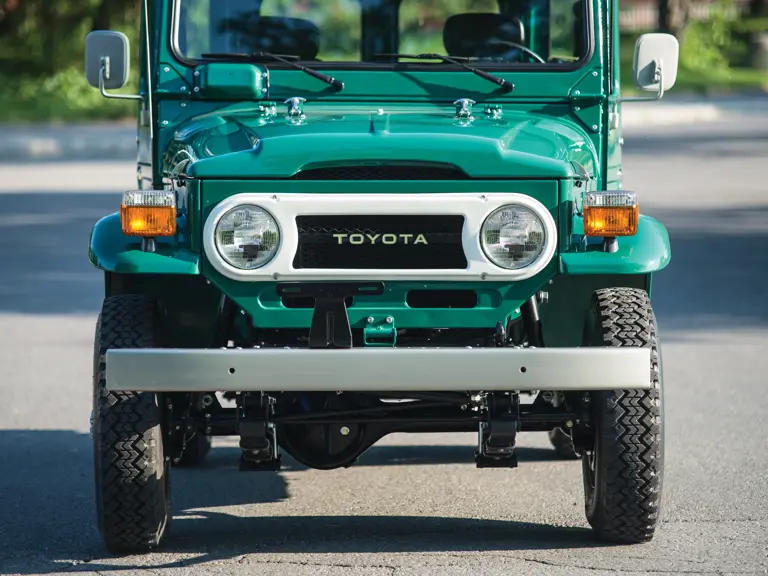



 | Plymouth, Michigan
| Plymouth, Michigan

